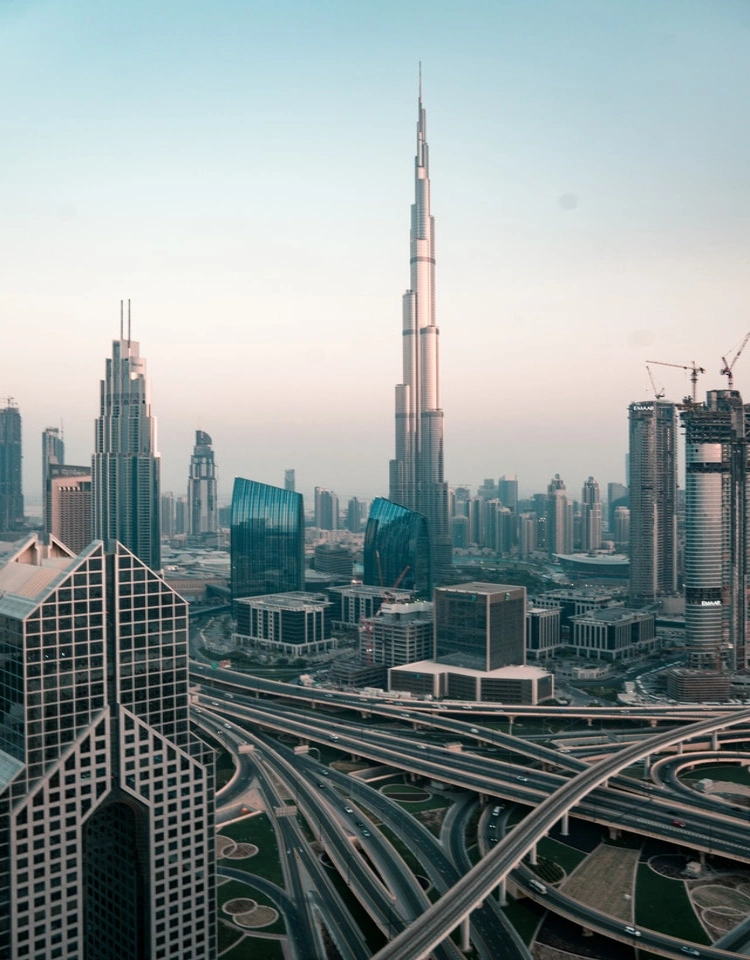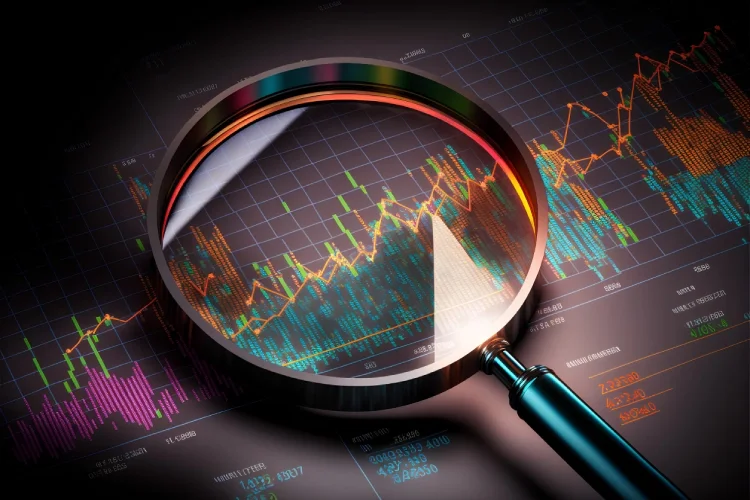The highest skyscraper in the world is located in Dubai, United Arab Emirates [EM-er-it]. The tower reaches about 3000 feet in the air and costs the city more than a billion dollars. On the ground, evidence of Dubai’s affluence can be seen as police officers patrol the streets in Ferraris and Lamborghinis.
Oil was found in Dubai just over 50 years ago. It contributed to the development of this modern city, yet it contributes less than 1% of the state’s GDP. The city is now a worldwide corporate powerhouse and a luxury tourist attraction, with the tallest structure in the world and a police force that drives supercars. But how did Dubai arrive?
The UAE, on the other hand, is a federation of seven emirates, each of which is administered in part by its Islamic monarchy. Because of its strategic location near the mouth of the Persian Gulf, it has historically been a popular stopover for ships going around Asia and Africa.
The development of Dubai
While Dubai is the largest and most populous state in the UAE, Abu Dhabi, the country’s capital city, is the richest. It presently controls 9% of the world’s proven oil reserves. Abu Dhabi began to discover its enormous oil deposits in the 1930s, although its rival Dubai had failed to find any. This coincided with the fall of the pearl business, the Gulf’s primary source of income, causing friction between the two emirates. Following a boundary dispute in 1947, tensions erupted into an armed battle. Although British assistance reduced tensions, it did not prevent Dubai from plunging into a deep slump, leaving many citizens hungry and forced to leave for other areas of the gulf. Something had to be done.
Large oil deposits were discovered near the UAE capital of Abu Dhabi in the late 1950s, launching a tremendously profitable oil sector. The oil deposits proved so large that they now account for one-tenth of the world’s total oil reserves. Crude oil exports account for about $400 billion of the UAE’s GDP. However, Dubai is not very oil-rich. According to reports, oil sales accounted for only about 1% of Dubai’s economy in 2010.
Soon after becoming ruler of Dubai in 1958, Sheikh Rashid bin Saeed Al Maktoum decided to go on an infrastructure spending frenzy. To accomplish this, the Sheikh took out large loans on top of the money that was still coming in through the state’s maritime trading activities. He invested the money in private enterprises that developed electricity lines, telephone services, new ports, and Dubai’s first airport.
The relationship with the United Kingdom
Dubai and the UAE as a whole have a long history of productive connections with the United Kingdom, specifically Dubai. Following the discovery of the Gulf state’s first oil field in 1966, the connection between the United Kingdom and Dubai became increasingly profitable. However, on announcing the news, Sheikh Rashid stated that the city was not dependent on selling oil to survive. Instead, the oil was utilized to support Sheikh Rashid’s previous plan of focusing the Dubai economy on trade, tourism, and banking. That decision now appears to be sound, as the world shifts away from dependency on oil and toward renewable energy.
This alliance gave them exclusive access to Western capital and relationships. Foreign capital flowed in to fund ambitious projects such as the world’s tallest tower, the largest resort, and even a chain of man-made islands. Tourism, trade, and retail have thrived since then, bringing a great number of visitors and immigrants.
Despite the influx of capital and the rising tourism industry, the global economic crisis of the late 2000s hit the emirates particularly hard. Real estate values fell throughout the area, and one study discovered that over 200 construction projects were canceled between 2009 and 2011. It grew so bad that Abu Dhabi was forced to bail out Dubai with a $10 billion loan.
Dubai now possesses the world’s busiest international passenger airport, cementing its status as a gateway to the East. But it’s no longer only a stopover; it’s also a popular tourist destination for millions of people. The massive infrastructure of the state made this possible, although it was mostly underutilized for many years. With the globe becoming increasingly globalized, Sheikh Rashid’s risk of borrowing tens of billions of dollars appears to have paid off, transforming this once peaceful backwater into one of the world’s most powerful city

 Outlook on the Foreign Exchange Market
Outlook on the Foreign Exchange Market